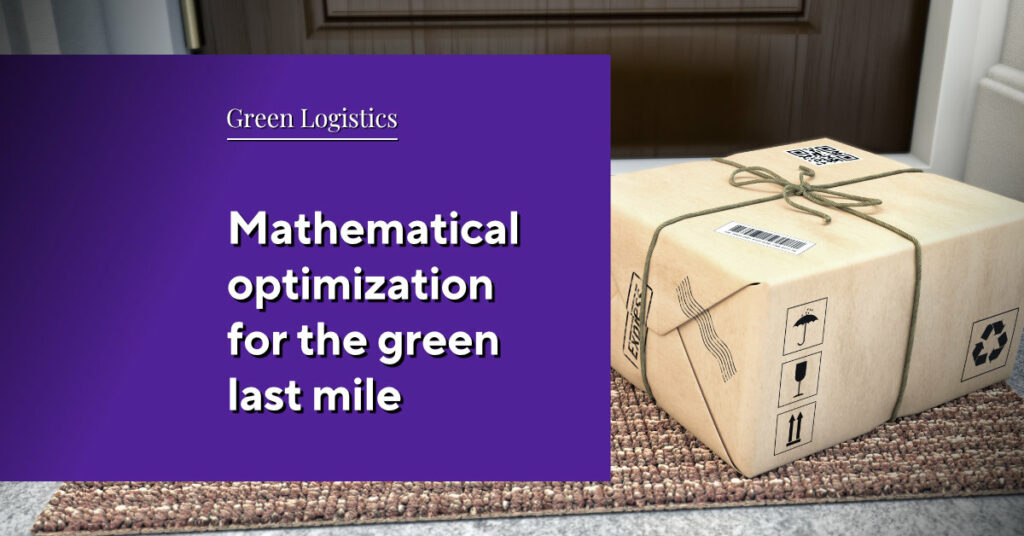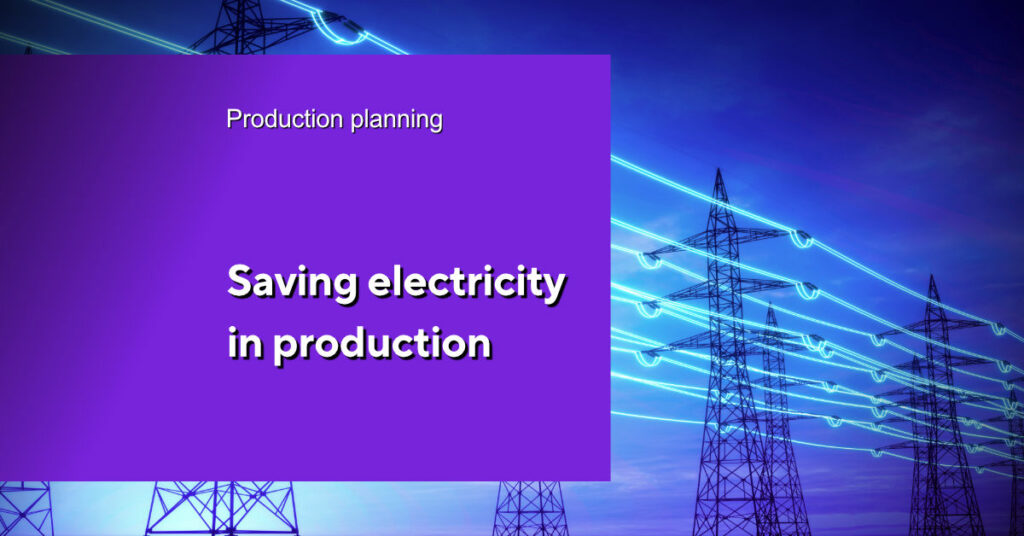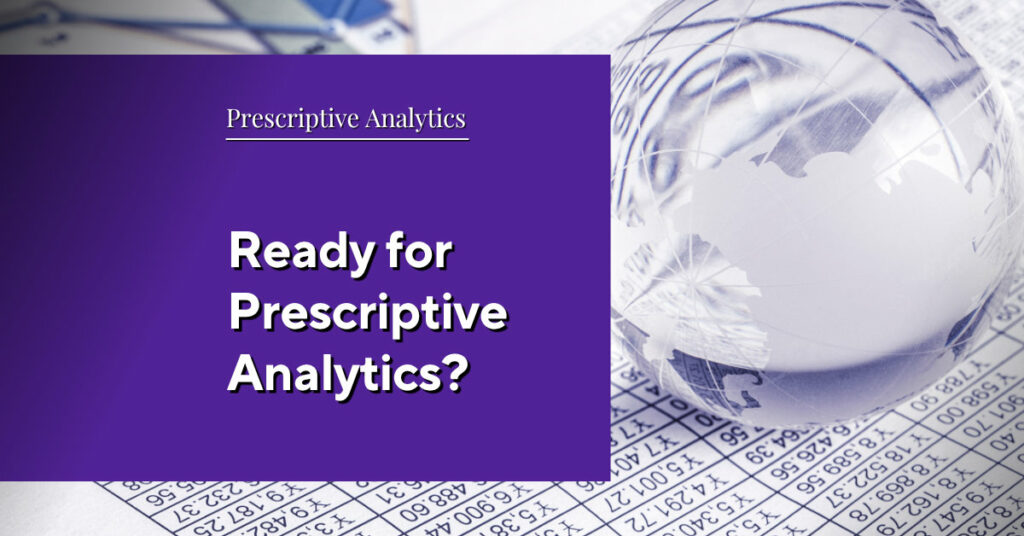Supply Chain Resilience:
here to stay
The recent heatwave has more or less paralyzed one of Germany’s most essential transit routes: the Rhine river. Due to the low water level freight ships cannot sail with full loads or, at worst, they cannot sail at all. Even though freight trains are an offset against some of the transport, this development proves to be a new burden on supply chains – and after flooding, Brexit, war in the Ukraine, and of course the Corona pandemic, this is just one more occurrence to add to the long list of burdens which international supply chains have to face. Supply chain reslience, which became a buzzword during the pandemic, cannot simply be dismissed as a passing trend. It is here to stay and we now have to try and protect our supply chains against such occurrences even more.
What makes supply chains vulnerable?
Perfection brings vulnerability
Thanks to various factors such as globalization, outsourcing or just-in-time production, productivity and profitability have been improved considerably over the past few decades. Yet supply chains have become more complex, fragmented and thus more vulnerable to disruption as a result. Within a complex supply chain there are a great many players, all of whom have to work to equal effect. Consequently, there are more and more influencing factors which make supply chains vulnerable. At the same time, the more efficient supply chain structure offers increasingly less scope to be able to offset against the burdens. This means that even the slightest disruptions can be problematic, let alone the massive downturns over the past two years.
Companies now have to analyze their supply chains in detail to identify vulnerabilities and highest-risk aspects. In this article we want to show you how you can increase resilience and still remain cost-efficient at the same time.
Four steps towards supply chain resilience
1. Transparency is key
You need to know your supply chain in order to systematically counter the external negative effects upon it! We are not talking about knowing your direct suppliers here; it’s about knowing the entire end-to-end network, inside and out. But although this may sound easy in theory, in practice it is a huge challenge for companies. Supply chains can very quickly become so complex that it becomes difficult to maintain an overview. For this reason, simplified structures are used quite frequently (e.g. focusing on the main factories or strategically important areas of the supply chain). While this strategy may have worked previously, it proves to be an obstacle when it comes to increasing resilience. If a business wants to identify any vulnerability and reduce its risks, then it also has to focus on the details and cannot afford to ignore large parts of the supply chain.
- Who are the players in my supply chain?
- What roles do they play?
- What dependencies are there within the supply chain network?
Large data volumes can accumulate quickly, all the more so when considering the entire end-to-end network. Manual methods can no longer manage the complexity of modern supply chains. What is needed are modern technologies which can model supply chains in order to map the necessary details for a vulnerability analysis.
2. Identifying vulnerabilities
The vulnerability analysis serves to highlight the effects on the supply chain which are caused by individual players’ failure to perform. Of course the areas of particular interest are those where failure to perform would have an especially large impact on the entire supply chain. It is also important to analyze the likelihood of a failure.
- What would be the effects on all downstream processes in the event of a failure? Which (financial) losses would there be as a result?
- What could be the reasons for the failure and how can we influence these?
- What is the likelihood of a failure?
Based on this analysis you can then initiate the necessary measures as a next step.
More interesting articles
3. A proactive approach to find alternatives
As failures are becoming increasingly more likely, it is no longer sufficient to react only when the supply chain is under pressure or even broken. The vulnerability analysis provides the opportunity to take counter-measures even before the failure occurs. For example, you can add alternative suppliers to the supply chain or build larger buffers in order to cushion the effects of short-term disruptions. Choosing local suppliers can also reduce supply chain vulnerability.
4. Stay on the ball
Unfortunately, supply chain resilience cannot be acheived by deploying a one-off battering ram strategy. Instead, it is a task that must be a regular part of day-to-day business. The results of the vulnerability analysis must be routinely updated and counter-measures need to be reviewed. In order to quickly initiate the planned counter-measures in emergency, it is essential to define the responsibilities and those in charge. Efficient and open communication among all players is therefore necessary.
Maintaining an overview and keeping things under control
with mathematical optimization...
The sheer mass of information, data and alternative decisions which are accumulated during a supply chain analysis make it impossible to apply traditional methods using spreadsheet calculations.
Instead, mathematical optimization can maintain an overview of all the various options and scenarios. On the one hand, it can calculate the optimal trade-off between cost–efficiency and resilience based on all the possible alternatives. Safeguarding the supply chain must be one of the goals to be achieved. You can then calculate which costs will arise by increasing resilience and choose the best overall alternative. On the other hand, what-if scenarios can highlight the effects that certain decisions could have on the supply chain. This is particularly advantageous in the case of strategic considerations.
... and OPTANO!
OPTANO provides an innovative solution which enables you to structure your supply chain both resiliently and cost-efficiently. OPTANO enters all the relevant factors in your supply chain into a mathematical model and, based on your defined objectives, comes up with the best solution. Here, you can consider resilience but also cost-efficiency or your company’s carbon footprint. Of course you have to compromise when you have several objectives but with analytical optimization software such as OPTANO you can find the best solution even when you have conflicting objectives.
In order to make strategic decisions, OPTANO analyzes various what-if scenarios and displays the results clearly and transparently. In this way, important decisions need no longer be made solely based on experience but can be supported with facts and figures.
Accepting change
... and making the best of it.
In 2020 supply chain resilience merely seemed to be another buzzword. Many were optimistic and waited for things to return to normal again after Corona. However, climatic events will continue to take us unawares and out of our comfort zone. We must prepare ourselves and our supply chains for the most likely and maybe most unlikely occurrences as best as we can. Let’s do this together!
Have you got your copy of our factsheet on this topic yet?

What are the factors which contribute towards a resilient supply chain? These are outlined in our factsheet.
To obtain our factsheet, all you need to do is enter your contact details in the space below. A pop-up window will then open to download the whitepaper. Please note that by providing us with your email address, you agree that we may contact you on this topic. You may revoke this agreement at any time by contacting privacy@optano.com.







